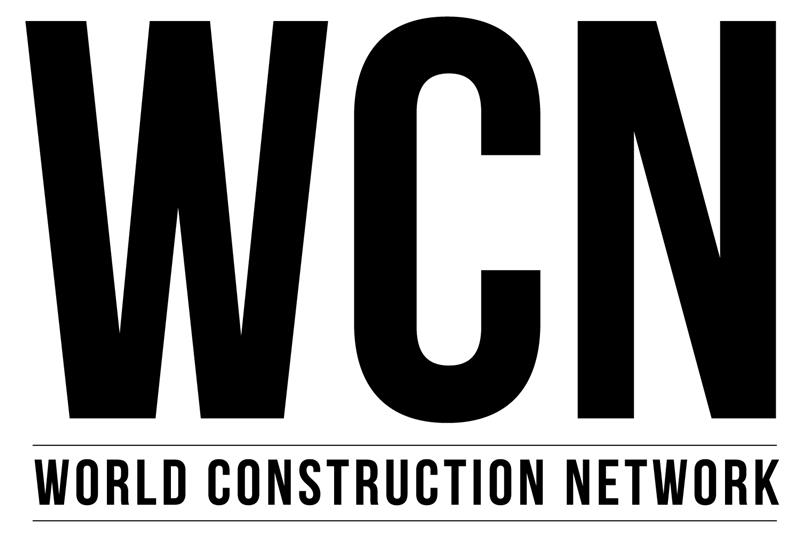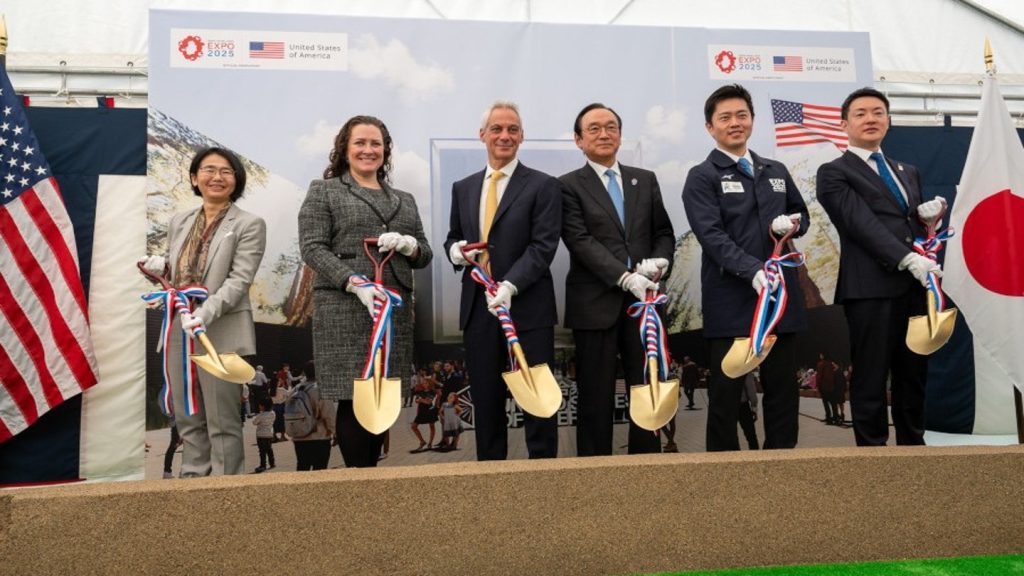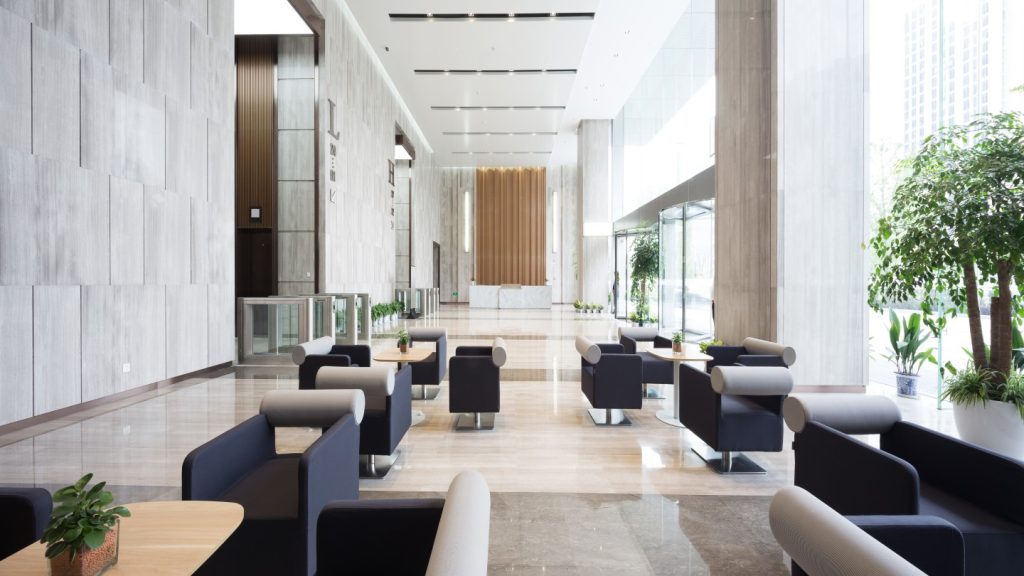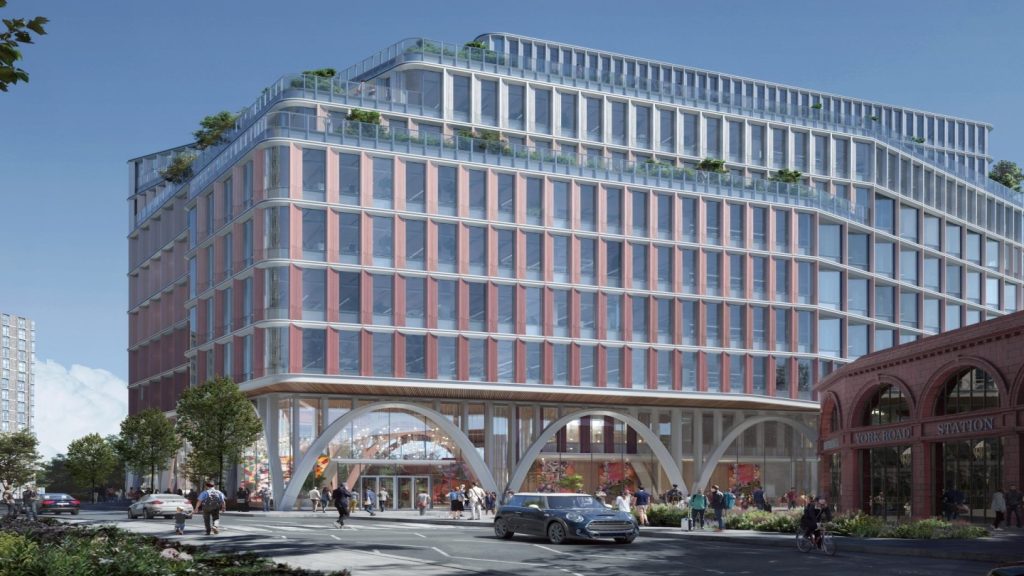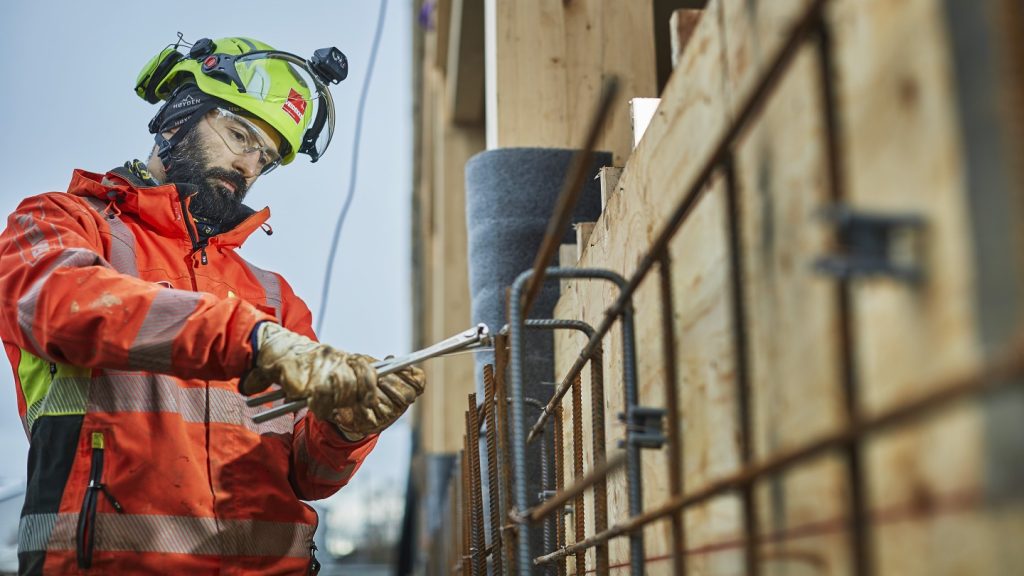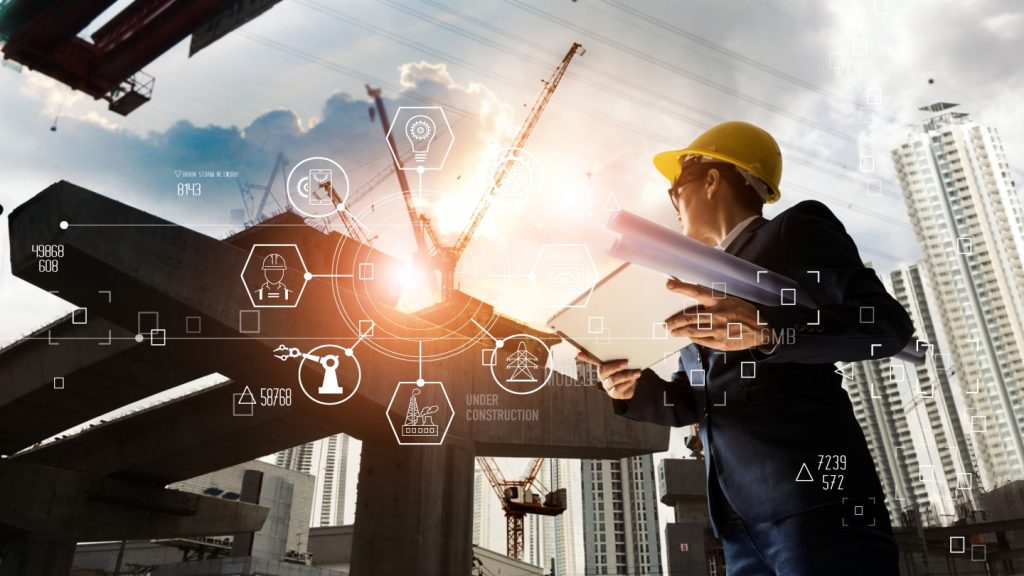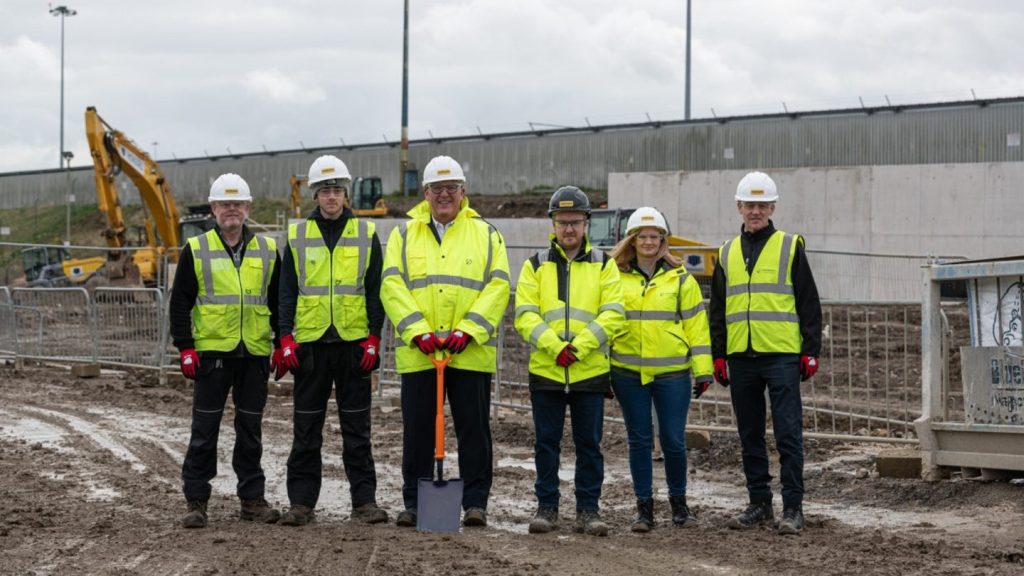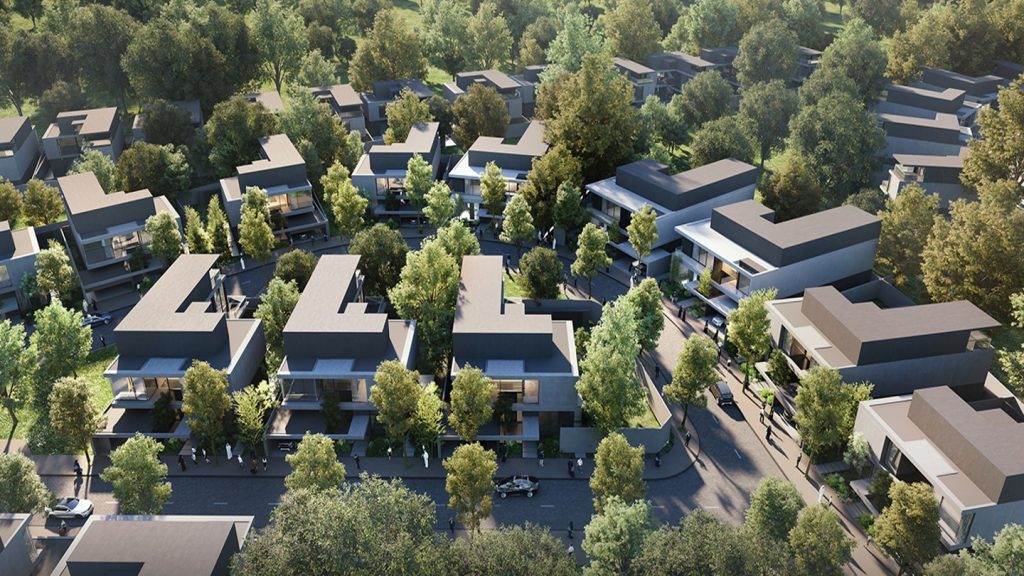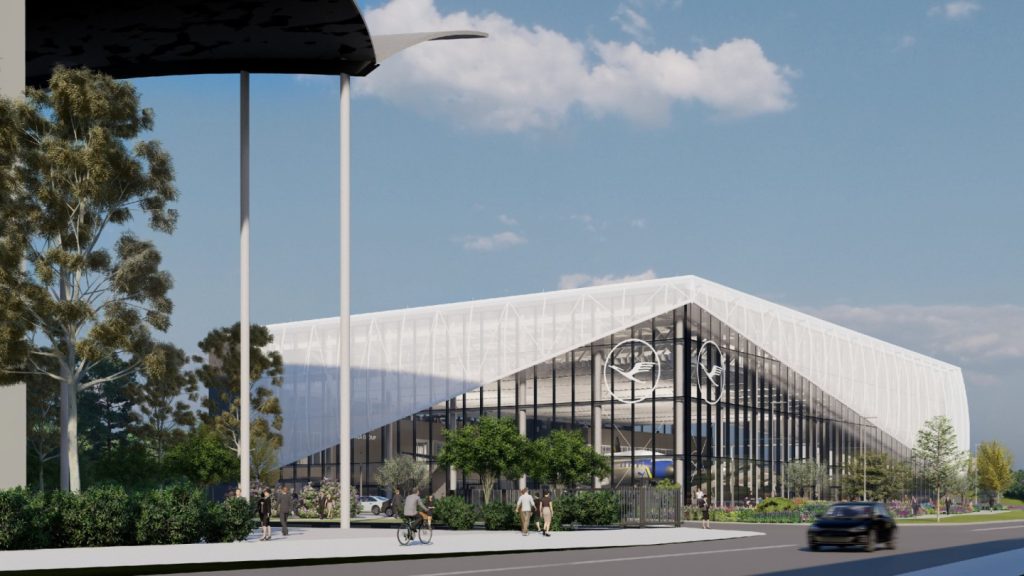Ground was broken on the USA Pavilion for Expo 2025 Osaka in Japan in a ceremony that was attended by the US ambassador to Japan Rahm Emanuel and Expo 2025 commissioner general ambassador Haneda Koji, among others.
The pavilion’s design, inspired by the concept of wabi-sabi, aligns with the desired theme of 'Imagine What We Can Create Together'.
ES Global, a company with expertise in temporary structures for cultural events, has been selected by the US State Department to design and construct the USA Pavilion.
ES will collaborate with Trahan Architects and Alchemy for project management.
ES also collaborated with BRC Imagination Arts, a company specialising in experiential planning and design, to create exhibits and narrative experiences.
Last month, ES entered into a contract with Keihin, a Japanese general contractor, to undertake the foundational work for the pavilion.
With the opening day scheduled for 13 April 2025, Expo 2025 Osaka is expected to attract millions of visitors over six months.
Meanwhile, the USA Pavilion will hold its national day on 19 July 2025, which will feature entertainment and parades.
Emanuel said: “The pavilion will celebrate those foundational American ideals of innovation and exploration through collaboration and inspire visitors to dream big and join the United States as we pursue advancements in everything from technology and energy to space exploration and education.”
The pavilion's design includes two triangular buildings with wooden facades and an illuminated cube, creating a canyon with large LED screens displaying American imagery.
The cube will include an open-air courtyard, where a diverse array of performances and culinary experiences from across the US will be presented.
The pavilion's construction will prioritise sustainability, with its steel structure and tensile fabric being repurposed from temporary structures used in the 2020 Tokyo Olympics.
Post-Expo 2025, these materials will be recycled once more for future events.
Additionally, the pavilion will feature reusable heating, ventilation and air-conditioning and plumbing systems, and incorporate design elements that enhance energy efficiency and recycling.
